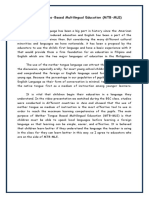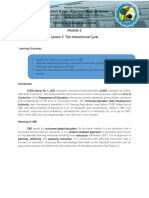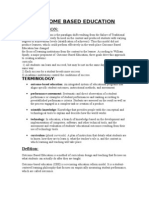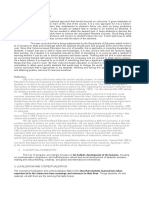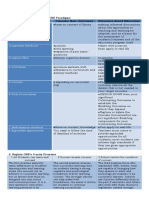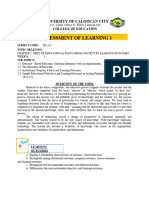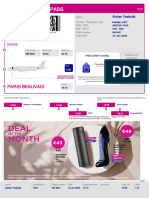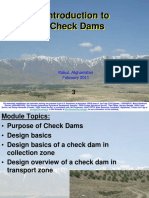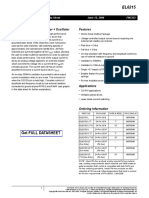0% found this document useful (0 votes)
77 views10 pagesK-12 and OBE Reforms in Philippine Education
This document provides an overview of recent curriculum reforms in the Philippine educational system, including the implementation of K-12 Basic Education, Outcomes-Based Education (OBE), and enhancements to teacher education. It discusses the historical context and goals of these reforms, as well as features of the new K-12 curriculum such as its alignment with international standards and emphasis on learner-centered approaches. The document also examines OBE principles including defining learning outcomes and designing curriculum backwards from the desired results. Finally, it notes some curriculum modifications made in response to the Covid-19 pandemic.
Uploaded by
Petallana KeroCopyright
© © All Rights Reserved
We take content rights seriously. If you suspect this is your content, claim it here.
Available Formats
Download as PDF, TXT or read online on Scribd
0% found this document useful (0 votes)
77 views10 pagesK-12 and OBE Reforms in Philippine Education
This document provides an overview of recent curriculum reforms in the Philippine educational system, including the implementation of K-12 Basic Education, Outcomes-Based Education (OBE), and enhancements to teacher education. It discusses the historical context and goals of these reforms, as well as features of the new K-12 curriculum such as its alignment with international standards and emphasis on learner-centered approaches. The document also examines OBE principles including defining learning outcomes and designing curriculum backwards from the desired results. Finally, it notes some curriculum modifications made in response to the Covid-19 pandemic.
Uploaded by
Petallana KeroCopyright
© © All Rights Reserved
We take content rights seriously. If you suspect this is your content, claim it here.
Available Formats
Download as PDF, TXT or read online on Scribd
/ 10




